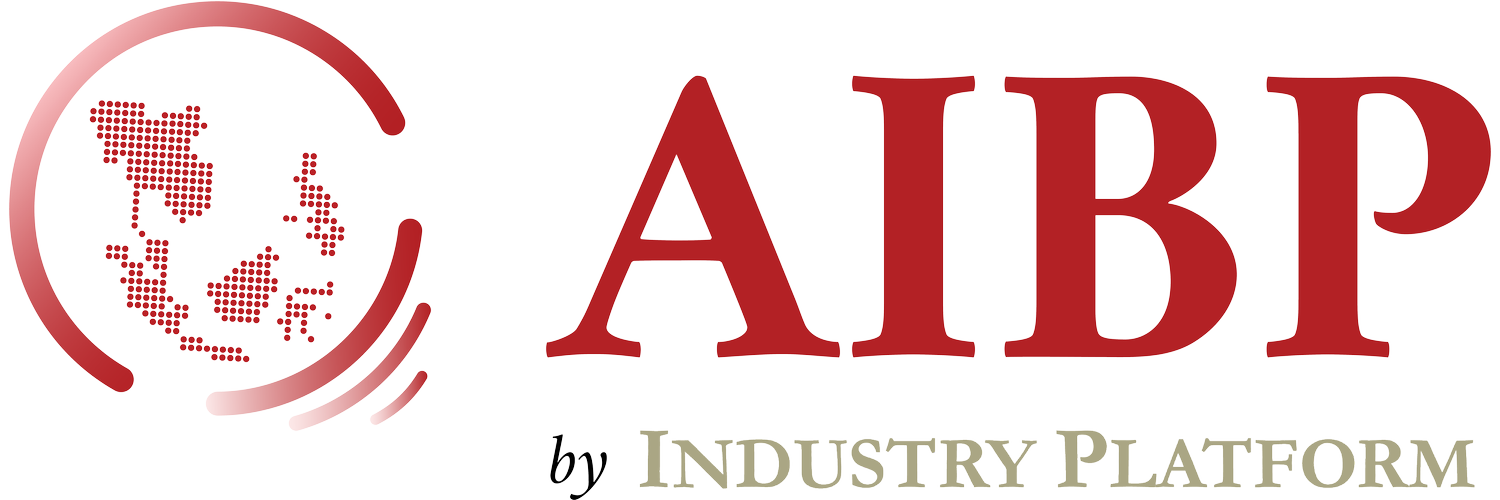Moving the Needle: From AI Spend to Real Enterprise Value in the Philippines
Top-tier enterprises in the Philippines understand that transformation is rarely accompanied by a blank cheque. Every peso tied to innovation must demonstrate value, both swiftly and sustainably. Yet the path to meaningful returns is anything but linear.
According to our annual AIBP ASEAN Enterprise Innovation Survey, while over half of enterprises report deploying AI and digital technologies, progress is often hampered by structural impediments. Around 40.7% cite organisational silos as a major obstacle, while 41.3% highlight the burden of legacy infrastructure—systems that not only hamper agility but quietly drain ROI through high maintenance costs, inefficiencies, and elevated security risks. In short, yesterday’s architecture is fast becoming today’s bottleneck.
AIBP, supported by Apptio, brought together Philippines enterprise leaders to explore a relevant question: How do we move from tech spend to business value?
From Silos to Synergy: The Cost of Isolation
Data remains both a prized asset and challenge. While each business unit typically safeguards its own trove of information, access across silos is limited. As a result, organisations pay the price twice: once for maintaining separate infrastructure and IT support, and again in missed opportunities for collaboration.
One bank executive put it plainly: the problem is real, but not solvable. The solution lies in stronger alignment across the enterprise. Data integration efforts must be explicitly tied to enterprise-level objectives. Without that tether, even sophisticated AI deployments risk becoming costly diversions.
Vendor partnerships, too, can accelerate innovation provided they’re approached strategically. In a perfect scenario, each vendor operates as a trusted partner, contributing to a shared vision. But in practice, overlapping offerings often lead to redundancy, inefficiencies, and blurred lines of accountability. The task for enterprises, then, is to shape an ecosystem where vendors complement rather than compete to create an alignment of capabilities, not confusion.
“There are thousands of things you can do with AI nowadays and so much data at the bank. But the real question is, which few bets do you want to focus on? Which ones will truly make a difference? Impact is one of the main criteria. It helps demonstrate value clearly and motivates the business to review the right details.” - Dr Adrienne Heinrich, Head of AI CoE from Union Bank shared.
The leadership Mandate: Who Holds the Power to Move IT forward?
As enterprise transformation becomes more complex and capital-intensive, the pathway to project approval increasingly runs through the C-suite, and often the boardroom.
For the Philippines' largest private sector electric distribution utility company, a disciplined approach is taken from the outset. Whenever they identify a potential initiative, they make sure there’s a sponsor assigned to it, someone who can champion the project and bring it to leadership.
“If you have a strong business case, you can make the case to finance,” explained Julius Perry Dominguez, Head of the Innovation Lab, MERALCO. “But it’s not always guaranteed. You need the right stakeholders onboard from the beginning.”
This need for high-level buy-in becomes even more pronounced when initiatives are cross-functional or tied to new ventures. One executive under Philippine's major telecommunications providers recalled the intricate process of launching a new technology business within their conglomerate structure. Projects must not only align with long-term strategy but also prove their potential for near-term returns.
“We’re owned by three companies so every major investment goes through all three boards. It’s complex, with multiple layers of review and approval. Now that the foundational work is in place, our focus is shifting towards monetisation.”, said Bernadette C. Salias, First Vice President at PLDT, leading telecommunications and digital services in the Philippines.
In this landscape, executive sponsorship is essential. Successful organisations treat leadership alignment as a critical enabler, not a box to tick. Whether securing funding, shaping vision, or navigating governance, the leaders who drive transformation are often those who understand that strategy must speak the language of both ambition and accountability.
Beyond the Hype: Building a Cost-Conscious Foundation for AI at Scale
While some organisations are already deploying AI models across cloud and on-premise environments, many remain mid-transformation, caught between experimentation and the pursuit of measurable outcomes. 38.1% of Philippine enterprises cite unclear return on investment (ROI) as one of the challenges. The answer, argue practitioners, lies in visibility and discipline. Financial operations (FinOps) must work in lockstep with data teams to map cost against value.
Having a consolidated view of total cost allows leaders to make informed decisions: whether to invest in entirely new initiatives, enhance existing systems, or double down on core capabilities.
In banking, the equation is straightforward: profit comes down to two levers: growth or cost control. For Security Bank, making these trade-offs visible across the business was essential. The data team built an internal tool that tracks every engineering hour, every AI project, and every cost, down to the line of code, giving stakeholders the clarity they need to decide what’s worth funding.
“We built a system with analysis, measurement, and—most importantly—a feedback loop to show our owners that we’re highly profitable in this particular space,” says Patrick Meneses, Chief Data Officer at Security Bank.
Before any AI initiative moves forward, organisations need a clear baseline of total cost. Without that, budget planning becomes guesswork—and worse, projects already in motion risk stalling or losing credibility.
A Measured March to Maturity
The trajectory of enterprise AI in the Philippines reflects a cautious but deliberate shift from pilot projects to performance, from enthusiasm to execution. While the appetite for transformation is high, execution often stumbles over questions of intent, metrics, and ownership.
The larger challenge, then, lies in forging a shared understanding of what success looks like and building the systems to measure it along the way. In an environment where every peso counts, the road to scale is more a series of disciplined, well-measured steps.
Join our upcoming activities www.aibp.sg/upcoming




